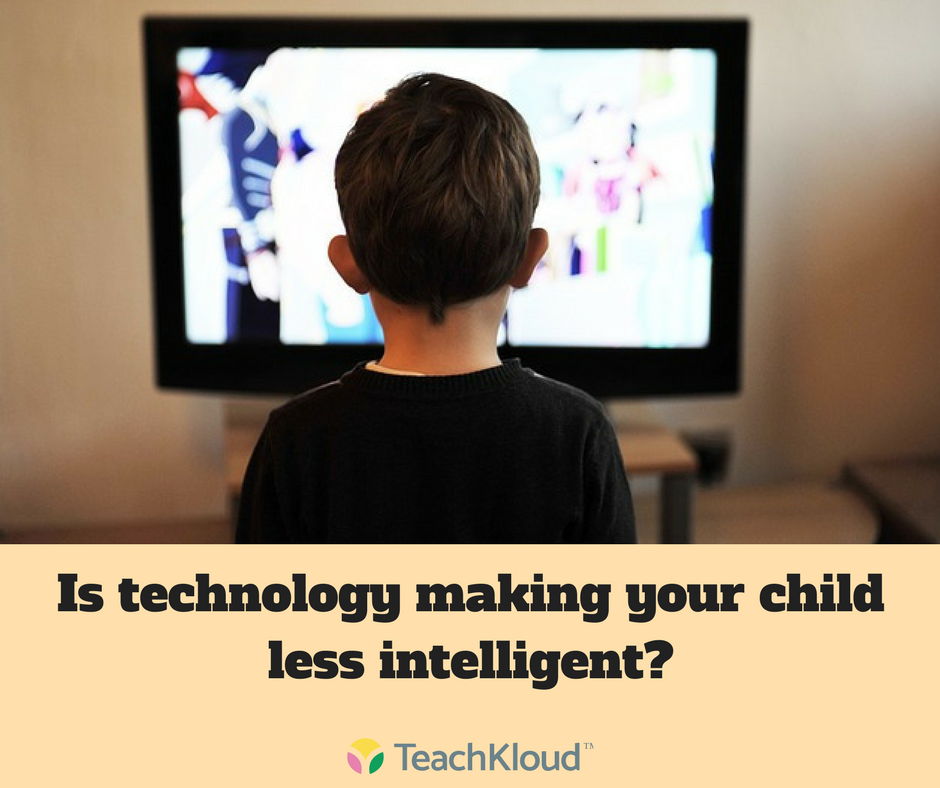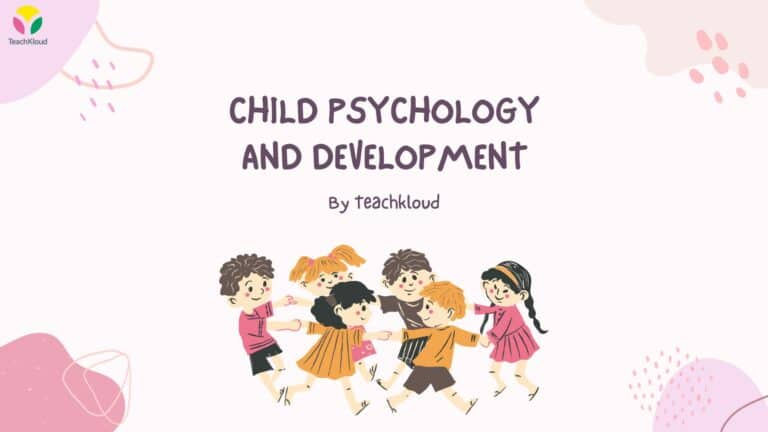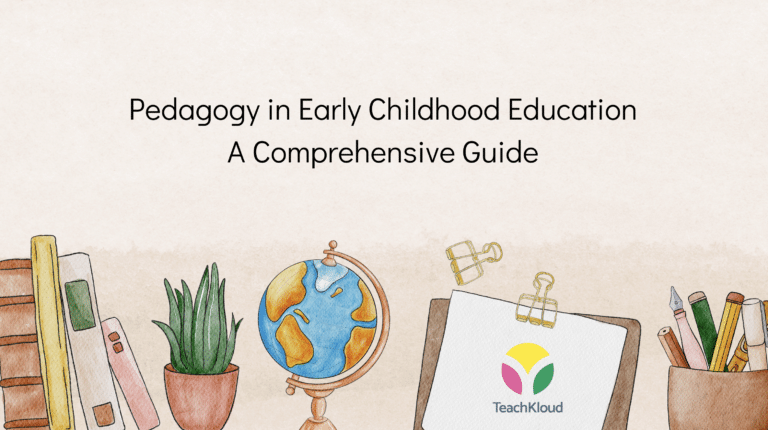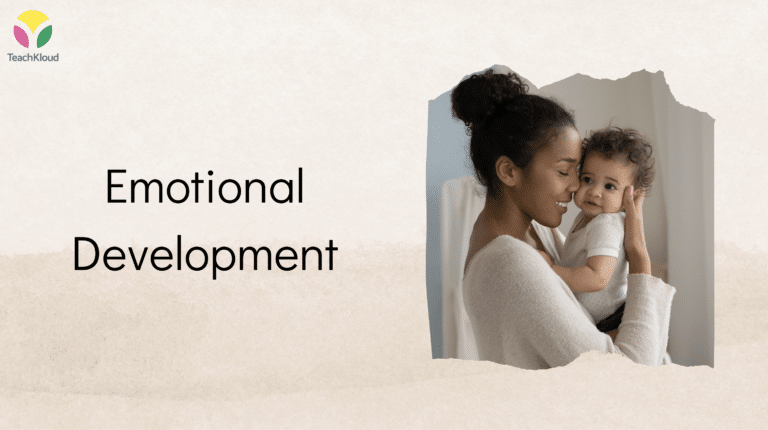Is Technology making your child less intelligent?
Author: Danielle Thomas — Instagram @FourSeasonsOfKidspiration
You’ve probably heard time and time again — and as a matter of fact, I’m probably striking a nerve as you read this — that technology is making your child less intelligent, less engaged and unable to concentrate. After all, these are your kids and nobody can tell you how to raise them.

But this has nothing to do with how you’re raising your child; rather, it has everything to do with simple science. Your child may have an iPad, laptop or smartphone on their lap, and it’s the only subject in which they are paying attention. Some parents believe that any means of technology is acceptable because they get their children to eat, calm down, stop crying or go back to sleep. Your child may have learned a couple songs, numbers or letters on the iPad, yet I’m still whole-heartedly telling you that technology isn’t teaching them anything, at least right now. Your child is simply learning to repeat what they hear while they’re swiping left or right. They also haven’t learned any coping mechanisms — how to tell you what’s wrong, how to self soothe or take measures to learn how to help their emotions, or yours. They are too busy being entertained.
According to early childhood brain development studies around the world, along with childcare licensing through the state of Michigan, children ages 2 and under should have no screen time at all. They aren’t doing studies or telling you to avoid this because they want you to go crazy multi-tasking while a 2-year-old screams at a phone. We are all on your side, we want you to succeed and we want your child to have healthy brain development.
I’m going to use wooden building blocks as an example to explain my point of view. No matter the age of a child, if you give them wooden building blocks — even if they have never built with them before — they will go through the same steps in the same order, whether it takes three years or 10 minutes.
First, they will pick up the blocks, examine them and carry them around. You must first explore something to understand it. Next, they will build simple structures, like roads, in which they can drive their cars around or simply place blocks in patterns. Repetition is the key to success. After that they will build a bridge — two blocks with a third one on top, and this is because they’re learning hand-eye coordination and balance. Now, they have started learning about the material and understanding it so they will build enclosures. They will build a house or a barn with an animal inside because it’s part of imaginative play, where their brains have used the blocks in logical ways and now want to pretend.
After imaginative building they will start to build things that are representative to their world, or maybe their house, or maybe their room. This is the stage where they know what they are doing, so if anyone takes a block or moves a block they will become upset because they know something is missing. The last step is complex building, where mastery sets in and children become creative and try new things. Children may build multi-level structures, ramps, structures that go over or under their bed, and even start using many shapes, curves and sizes of blocks to make things really exciting and keep them interested.
If a child has access to blocks their whole life they will go through the above steps in 3–4 years, but if a child has never had an experience with blocks and you give them the same blocks you have given the other child around the age of 5, they will do the same exact steps but in a shorter period of time. The point is that at the end of the day you have two 5-year-olds that know how to use the blocks the exact same way.
Use this same logic and apply it to screen time before age 2 versus age 5, and the results will be the same. Both children will master technology at their age-appropriate time, but instead of a toddler building skills over many years, the older child will acquire the same skills within minutes given the right resources. It’s inevitable that technology is a huge part of the current generation and many generations to come, but we are introducing it too early in hopes to keep up with the fast-paced world.
In this specific example, the child that hasn’t used the iPad until age 5 has better reasoning skills, better communication skills, knows how to ask for help, has less frustration and more confidence. A less-frustrated child leads to you being less frustrated, which leads to a positive environment and healthy growth. There are so many developmental milestones that a 1-to-2-year-old needs to acquire to grow, and technology is not one of them. When you are holding your child close to you, the space between the mother and the child’s face is said to be the “child’s first playground.” No such playground can take place between your child and a screen. There are so many synapses — neuron connections in the brain that are responsible for memory, which are lost or kept on a regular basis during this crucial 1–2 year-old time frame. These connections control social development, attachment, cooperation, independence, emotional intelligence, impulse control, trust, motor development, cause and effect, problem solving, early sounds, language skills and more.

Have you ever wondered why your child listens to their preschool teacher better than they listen to you? Ten years ago I would have told you that it was because they have to listen, as teachers are balancing and teaching multiple students at a time so boundaries are more concrete and there is less wavering. Ten years ago I wasn’t as educated or as experienced as I am now. The truth is more complex; it’s because there are no distractions. We are there simply for them, there is no technology, there isn’t the option of throwing a fit to get a reward because we don’t have them to give in the first place. Their reward is that they have kept their environment positive, which in turn means they have learned to communicate effectively and they have a shared mutual respect for their teachers and classmates based on interactions alone. It’s because they get the attention they deserve and, most importantly, it’s because we understand their development. In a classroom setting, if a child asks a question we answer. If a child has a need, we help them meet it or teach them a skill to help themselves.
I know that as parents your job is hard and you are constantly battling yourself in which direction to go with your parenting style. Should you give your child the iPad when they are in the shopping cart at the grocery store? Should you give them your phone to watch a music video while you are driving in the car? Should you let them watch television before bed? My answer will always be “no.” If your child throws a fit and you want to get them to stop as soon as possible, you cave. But you have only stopped the problem for that second and that problem will be the same problem that you have tomorrow and the next day and the day after that.
I’ll give you a simple solution: it may not be simple today and it may not be simple tomorrow, but I can guarantee that a month from now you will be dealing with a completely different child. Put the iPad or tablet away. You don’t have to be malicious. Just simply hide it. Stay off your phone, as the more you are on the phone the more they will want to be on the phone for the same reason you can’t stick a piece of food in your mouth without them grabbing for it. They love you and mimic your actions; they want what you want.
Make any television time in your household family time, and maybe watch one movie a week. If you are not letting them watch television nightly you will be shocked at how fast they are actually able to sit through an entire movie without budging.
Talk to them while they are in the cart at the grocery store. Let them hold things, read the cereal boxes to them. If they throw a fit in the grocery store tell them you will all leave the store if they do not stop, and then do it. Just leave. It sounds harsh but I guarantee they won’t do it again. It may be embarrassing and it may be inconvenient, but you will never see those people again and you won’t starve to death, I promise.
Go outside, talk and let them help as much as you can. They are not addicted to the technology; they are addicted to the instant gratification and the interaction they receive when we adults are not paying attention. They will learn long-term skills with long-term gratification if you give them to time and means to do so.
If you implement these five steps then you are guaranteed to have a happier and healthier young child in no time.
Worth Sharing?
Share with your parents or teacher friends!



